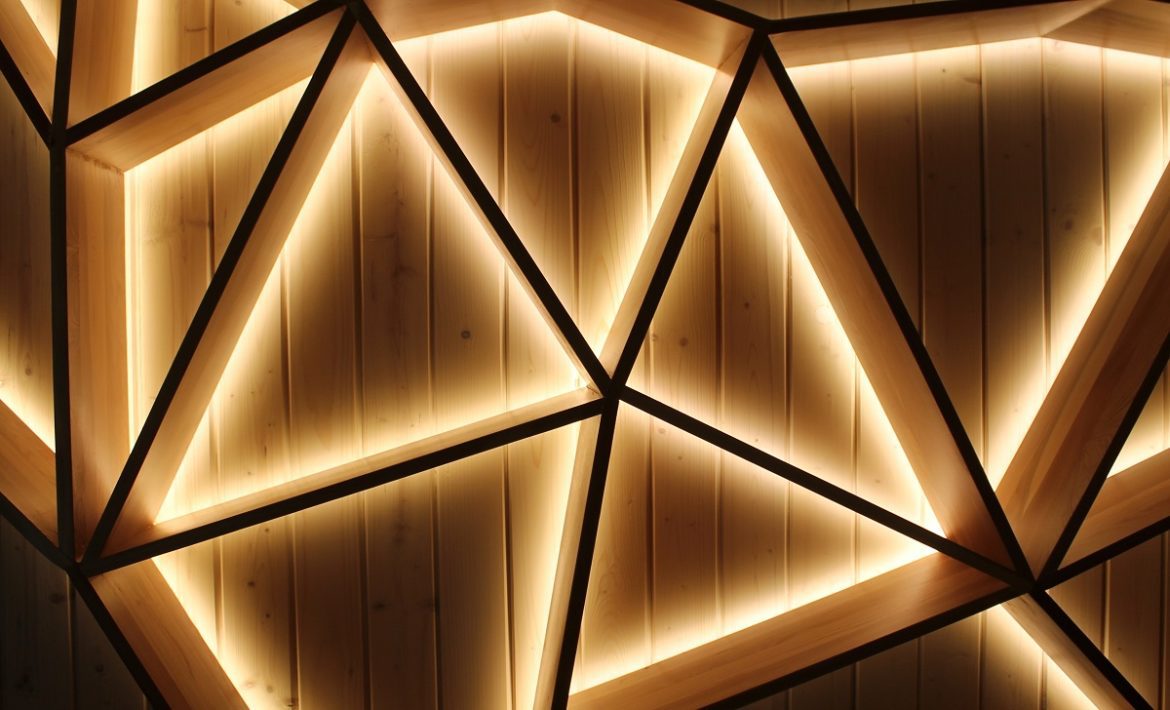Designer lighting is crucial in elevating the overall aesthetic and ambience in interior spaces. It goes beyond providing mere illumination; it serves as a statement piece that enhances the design concept and creates a captivating atmosphere. From exquisite chandeliers to sleek pendant lights and innovative LED fixtures, designer lighting brings a touch of sophistication, artistry, and functionality to any room.
By carefully selecting and incorporating these elements, interior designers and homeowners can transform ordinary spaces into extraordinary showcases of style and elegance. In this article, we will explore the power of designer lighting in elevating the interior design and delve into various techniques and considerations for effectively integrating these luminous masterpieces into your design projects.
Define the Purpose
Begin by identifying the purpose of each space. Is it a living room meant for relaxation and entertainment, a kitchen requiring task lighting, or a bedroom needing a cozy and soothing atmosphere? Understanding the purpose will guide you in selecting the appropriate lighting solutions.
Layer Your Lighting
Create a well-balanced and dynamic lighting scheme by incorporating multiple layers. It can include ambient lights for general illumination, task lights for specific activities, and accent lights to highlight architectural features or decorative elements. Layering ensures that each area receives the right amount and type of illumination.
Consider the Style
Please pay attention to the overall style of the interior, whether it’s modern, traditional, minimalist, or eclectic. Select fixtures that harmonize with the design aesthetic. The lighting should complement the existing elements and contribute to the overall visual appeal.
Scale and Proportion
Consider the scale and proportion of the space and the fixtures. A large, open-concept room may require more extensive or multiple fixtures, while smaller rooms may benefit from more compact options. Ensure that the size and placement are appropriate for the space and create a balanced visual composition.
Highlight Focal Points
Use designer lighting to accentuate focal points or architectural features in the room. It can include artwork, statement furniture, or architectural details like a fireplace or an exposed brick wall. Well-placed illumination can draw attention to these elements and create a captivating focal point.
Explore Lighting Control
Incorporate control systems that allow flexibility in adjusting the intensity and colour temperature. It enables you to create different moods and adapt to various activities or times of the day.
Energy Efficiency
Consider energy-efficient options like LED to reduce energy consumption and minimize environmental impact. Many designer lighting brands offer energy-efficient solutions without compromising on style and quality.
Seek Professional Advice
Consulting with a professional interior designer or a lighting specialist is always beneficial if you need clarification on lighting design. They can provide expert guidance on selecting the right fixtures and creating a cohesive lighting plan that aligns with your design goals.
Mix Lighting Techniques
Experiment with different techniques to create depth and dimension in your interior spaces. Combine overhead pendant lights or chandeliers with wall sconces or recessed lighting to achieve a layered effect. It allows you to adjust the intensity and direction of light, creating a visually interesting and dynamic environment.
Get Custom Installations
Consider custom lighting installations as unique focal points in your interior design. Pick from custom-designed chandeliers to intricate fixtures that double as art installations. Custom lighting gives a sense of exclusivity and personalization to your space, making it truly one-of-a-kind.
Accentuate Architectural Features
Use designer lighting to highlight the architectural features of your space. For instance, place wall-mounted sconces along a brick wall to enhance its texture and add a warm, inviting glow. Utilize track lighting to draw attention to a vaulted ceiling or a decorative ceiling medallion. You can create a visually stunning and impactful design statement by strategically illuminating architectural elements.
Install Task Lighting
Incorporate task lighting in functional areas such as the kitchen, home office, or reading nooks. Under-cabinet lighting in the kitchen provides focused illumination for food preparation, while adjustable desk lamps are optimal for work tasks. Considering the specific tasks performed in each area, you can ensure the lighting is functional and visually appealing.
Give Dimmers a Try
Install dimmer switches to control the brightness of your fixtures. It allows you to create varying moods and ambience according to the time of day or the desired atmosphere. Dimming the lights during intimate gatherings or movie nights can create a cozy and relaxing environment, while brighter lighting may be suitable when hosting social events.
Play with Color and Light Temperature
Designer lighting comes in various colours and light temperatures. Experiment with warm or cool-toned lights to set the mood and complement your space’s colour palette. Consider using colour-changing LED lights to add a dynamic element to your design, allowing you to alter the colour scheme to match different occasions or seasons.
Remember Outdoor Lighting
Extend your design to the exterior by incorporating lighting in your outdoor spaces. Use well-placed pathway lights, uplights, or string lights to foster an inviting atmosphere in your garden or patio. Outdoor lighting enhances your exterior’s aesthetics and ensures safety and functionality during evening gatherings or events.
You can transform spaces into visually stunning and functional environments by carefully integrating designer lighting into your interior design projects. The right choices can enhance the mood, highlight architectural features, and create a harmonious atmosphere, making your design vision come to life.
Remember, finding the perfect lighting fixtures is a matter of personal style and preference. Take the time to explore different options, visit lighting showrooms, and seek inspiration from design magazines or online platforms.
With a thoughtful approach and attention to detail, you can seamlessly incorporate designer lighting into your interior design projects, creating visually stunning, functional, and personalized spaces that showcase your unique style and bring you joy and comfort for years.

